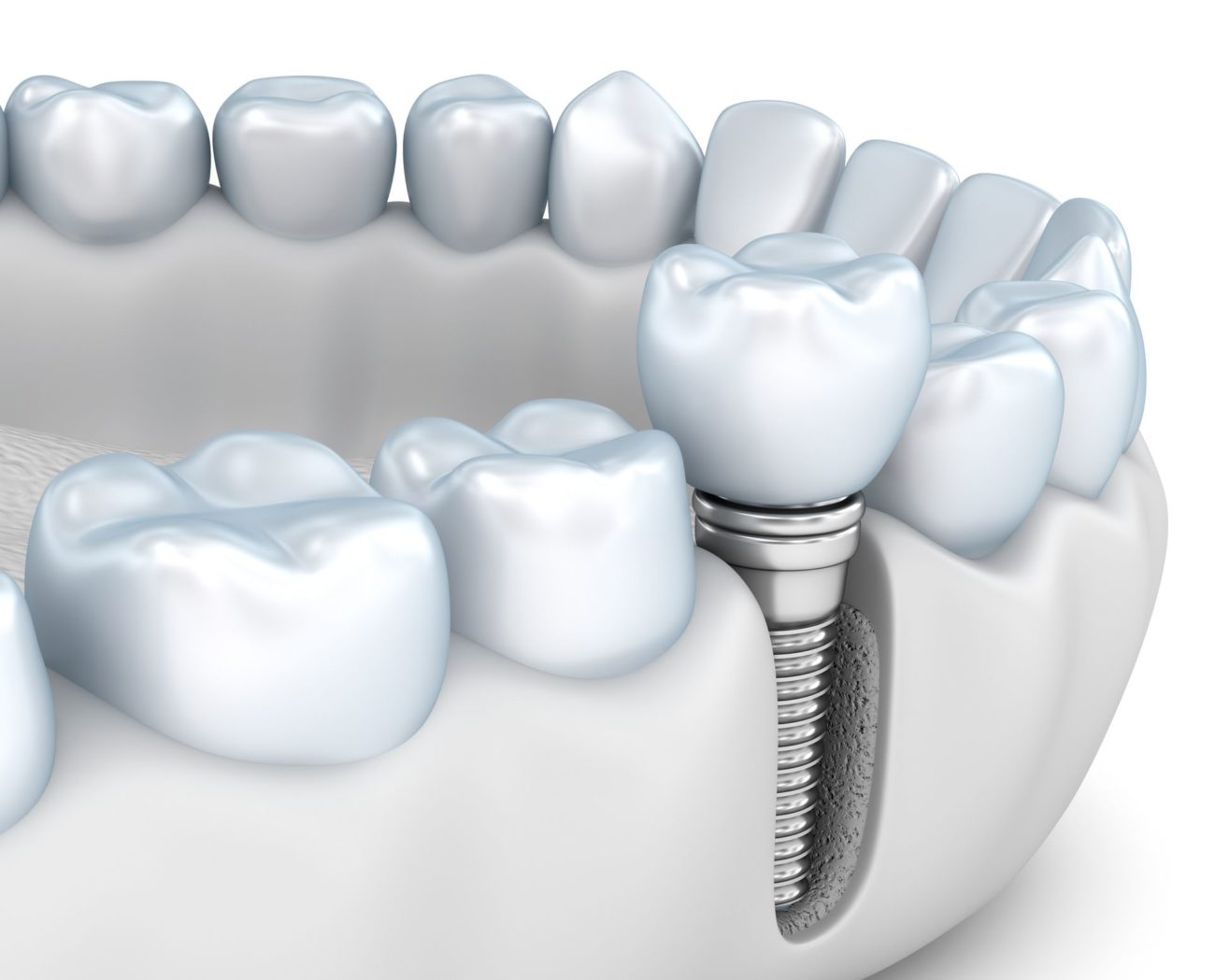Tooth loss can lead to many dental concerns, even if a dentist resolves the underlying causation of the missing teeth. Tooth replacement with dental implants can provide permanent restorative benefits after tooth loss, but not every dental patient is eligible for this treatment.
You can schedule a consultation with your dentist to find the best tooth replacement solution for you and to determine how certain dental procedures can help you prepare for dental implants. Check out this article written by Dr. Ira Goldberg, a dentist practicing in Succasunna, NJ, to learn more about how your dental professional can treat your smile after tooth loss.

How Can a Bone Graft Procedure Restore My Smile?
Many people are aware that in order to receive a dental implant, they must have enough bone. Without a proper amount of bone, a dental implant will be at risk of infection or failure.
So what do you do if you don’t have enough bone? Bone grafts are usually the answer. However, there are many different kinds of bone grafts.
When a tooth is removed, the remaining hole is called a “socket.” This socket will fill in naturally with bone. However, if an implant is being considered a bone graft oftentimes is needed. Variables include the size, shape, and location of the remaining socket.
Besides socket grafting, there are other types of grafts. “Sinus grafting” is when you need implants in the upper back jaw, but the sinuses are too large. “Block grafting” and “ridge splitting” are necessary when your own bone is too thin to accept implants.
Be aware that most of the time bone grafts need to heal before implants can be placed. Healing is usually required between 2 and 6 months.
Bone grafting material can be sourced from three locations and will therefore have different names: an “autograft” comes from yourself. The bone is harvested from a different location within your mouth. An “allograft” comes from a human cadaver. A “xenograft” comes from a different animal, such as cow (bovine). An “alloplast” is synthetic, meaning it is man-made.
One issue that is often overlooked is the condition of the gum tissue around a dental implant. Not only is it important to have enough bone for proper long-term success, but the type of gum tissue that surrounds the implants is also critical. If you have thin, moveable gum tissue as opposed to thick and stable, your implants will be at risk of complications in the distant future. Overall health, medications, and smoking are other risk factors that can affect the long-term success of dental implants, regardless of bone grafting.
One implant scenario that avoids bone grafting is “All-On-Four®” or “Full Jaw Dental Implants.” In this scenario, a full jaw of teeth can be placed onto 4 to 6 implants, and these implants are oftentimes purposely placed into areas that don’t require bone grafting.
Do you have questions? Visit Dr. Goldberg’s website or contact us for a free consultation.
Talk to Your Implant Dentistry Expert in Succasunna, NJ
Dr. Goldberg has been performing implant procedures for 27 years. He is a Diplomate of the American Board of Oral Implantology/Implant Dentistry, a Diplomate of the International Congress of Oral Implantologists, and a Fellow of the American Academy of Implant Dentistry. He performs all phases of implant dentistry at his office in Succasunna, NJ and lectures to dentists in the field of implantology. For a consultation at no cost to you, including a free 3-D scan (if necessary), please call his office at (973) 328-1225 or visit his website. Dr. Goldberg is a general dentist and also a Fellow of the Academy of General Dentistry.
